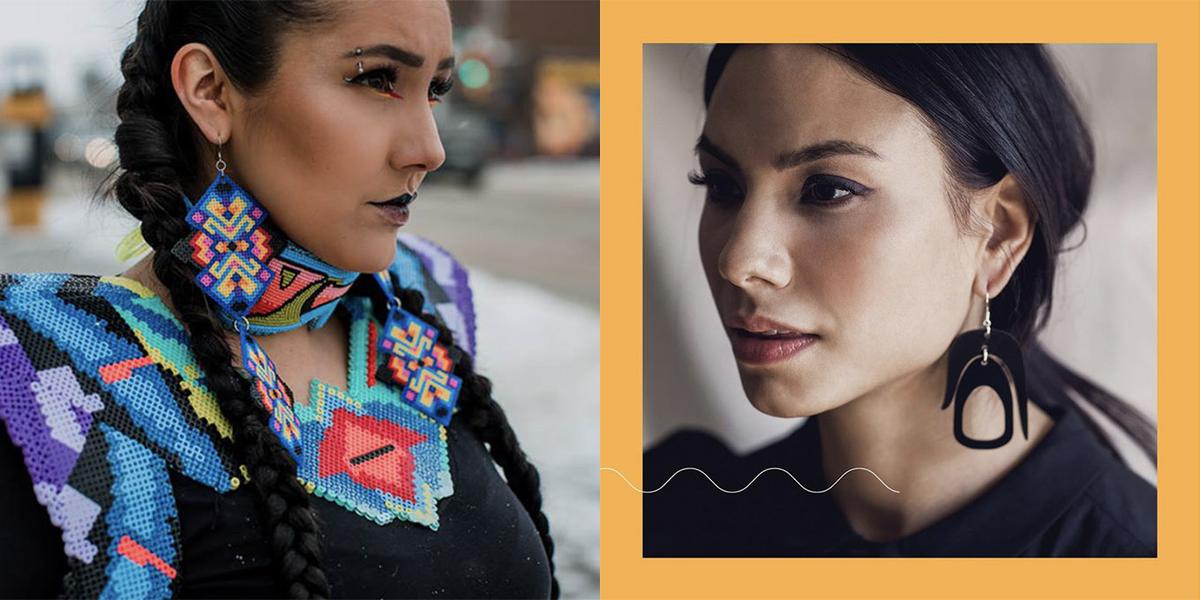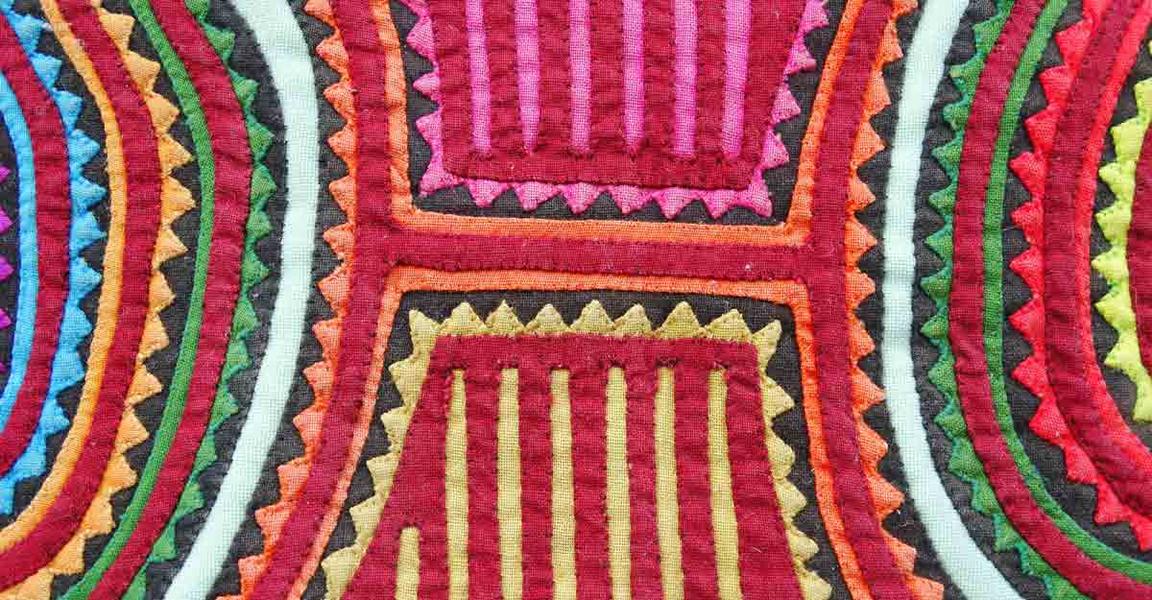How has the Santa Fe Indian Market evolved over time to adapt to changing circumstances?
The Santa Fe Indian Market has evolved over time to adapt to changing circumstances by embracing new technologies and expanding its reach. For example, during the COVID-19 pandemic, the market went virtual, allowing artists to showcase their work online and reach a global audience. This virtual format not only helped to keep the tradition alive during a challenging time but also opened up new opportunities for artists to connect with buyers from all over the world. Additionally, the market has embraced contemporary styles and designs, showcasing the evolution of Indigenous fashion. By incorporating modern elements into traditional art forms, the market has attracted a wider audience and stayed relevant in a changing cultural landscape.
What is the significance of the Indigenous Fashion Show in promoting Indigenous fashion?
The Indigenous Fashion Show in the Santa Fe Indian Market plays a significant role in promoting Indigenous fashion by providing a platform for Native designers to showcase their talent and creativity. The show not only highlights the unique styles and designs of Indigenous fashion but also challenges the stereotypes and misconceptions often associated with Indigenous culture. By featuring contemporary and innovative designs, the show breaks down barriers and showcases the diversity and vibrancy of Indigenous fashion. It also creates opportunities for collaboration and cultural exchange between Indigenous designers and the wider fashion industry, fostering greater visibility and recognition. Through the Indigenous Fashion Show, Indigenous fashion becomes a powerful tool for cultural preservation, empowerment, and representation.
What economic impact does the Santa Fe Indian Market have on Native artists and the local economy?
The Santa Fe Indian Market has a substantial economic impact on Native artists and the local economy. The market provides a platform for artists to showcase and sell their work, generating income that supports their livelihoods and families. Many Native artists rely on the market as their primary source of income, and the revenue generated from sales at the market significantly contributes to their financial stability. Moreover, the market attracts a large number of visitors, both local and international, who spend money on artwork, crafts, and other goods. This influx of tourism boosts the local economy by supporting hotels, restaurants, and other businesses in the area. Additionally, the market’s reputation as a prestigious and globally recognized event attracts collectors, galleries, and art enthusiasts, further expanding the economic opportunities for Native artists. Overall, the Santa Fe Indian Market creates a positive ripple effect by supporting Native artists and contributing to the economic growth of the community.
Full summary
The Santa Fe Indian Market is a longstanding tradition for Indigenous artists to showcase and sell their work. This annual event highlights the rich cultural heritage and creativity of Native designers and artisans. This year's market was particularly exciting, featuring a diverse array of artists and a vibrant street style scene.
More than a thousand Indigenous artists from over 200 tribes gathered at the Santa Fe Indian Market. Artisans showcased and sold their pottery, textiles, jewelry, and more. The market provided a platform for these talented individuals to share their unique creations with the world.
One of the standout moments of the event was an innovative runway show featuring top Native designers. The designs showcased during the show were a perfect blend of traditional and contemporary styles, demonstrating the evolution of Indigenous fashion. Notably, Jamie Okuma recently made history as the first Native designer to become a member of the CFDA.
The Santa Fe Indian Market also included a Clothing Contest, which celebrated traditional Indigenous attire. This contest allowed attendees to appreciate the beauty and craftsmanship of different Indigenous clothing styles. It was a captivating display of cultural diversity and pride.
The highlight of the event was the Indigenous Fashion Show, which spotlighted the collections of seven contemporary Native designers. These designers showcased their talent and creativity through unique and stunning pieces. The show received tremendous support and recognition from the audience, further highlighting the growing appreciation for Indigenous fashion.
In addition to the main attractions, the Santa Fe Indian Market had an interesting historical context. The event was organized by the Southwestern Association for Indian Arts (SWAIA) and has been a part of the Santa Fe community since 1922. Over the years, the market has evolved and adapted to the changing times while staying true to its mission of promoting Native arts to the world.
It is worth noting that the Santa Fe Indian Market faced challenges due to the COVID-19 pandemic. In 2020, the market went virtual for the month of August, showcasing the resilience and adaptability of Indigenous artists. In 2021, the market adopted a hybrid format, offering both in-person and virtual events. However, in 2022, the market returned to fully in-person operation, welcoming attendees from all over the world.
The economic impact of the Santa Fe Indian Market cannot be overstated. The market generates millions of dollars for Native artists and contributes significantly to the local economy. It provides a vital source of income for Indigenous artists and supports their families.
The Santa Fe Indian Market is not just an art market; it is a celebration of Indigenous culture and a platform for cultural exchange. It connects Native and non-Native worlds through the appreciation of art and fosters understanding and appreciation of Indigenous traditions. The market is a testament to the resilience, creativity, and talent of Indigenous artists and designers.
As the largest juried Native American art showcase in the world, the Santa Fe Indian Market continues to inspire and educate. It is a beacon of hope and pride for Native communities, showcasing their rich cultural heritage and artistic expressions. The market's legacy will undoubtedly continue to shape the future of Indigenous art and fashion for years to come.










